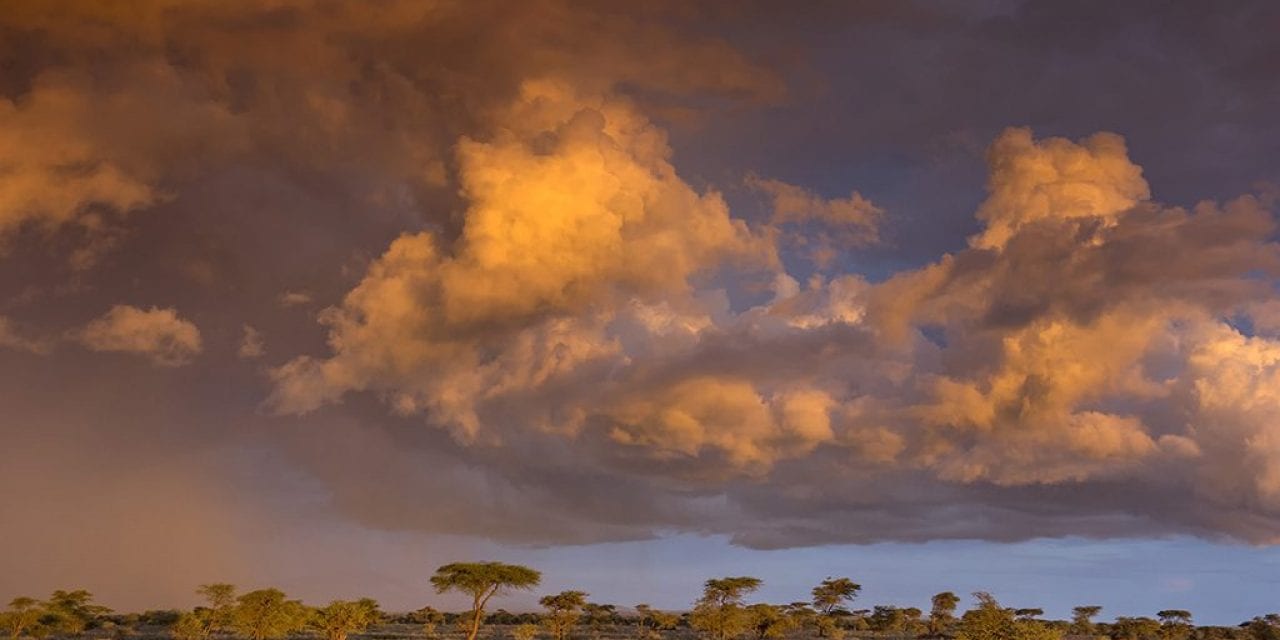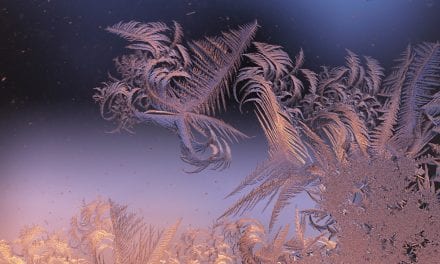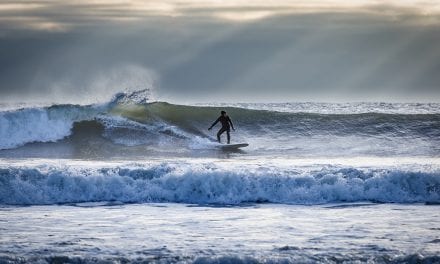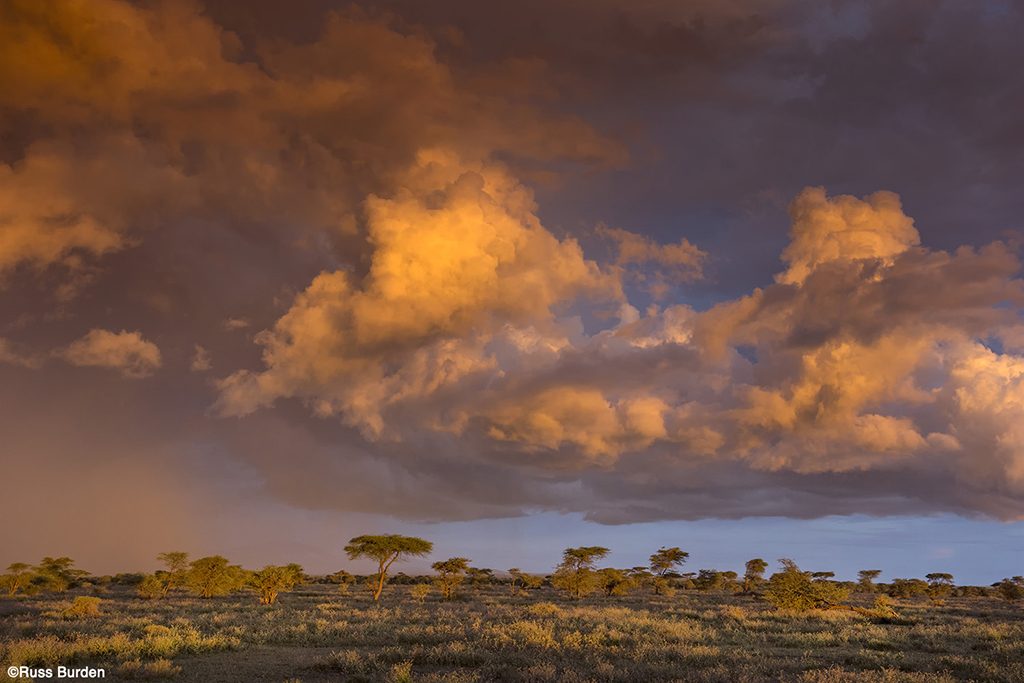
Drama, emotion, impact, thrill, warmth, titillation, passion: If these words could be used to describe all of my images, I’d be a very satisfied photographer. In regard to this week’s tip, the two most relative ones are drama and impact. The reason being is that the focus of this article is on how to make images at the edge of a storm. The edge could be the incoming part of the weather disturbance or the outgoing as it wanes and shows hints of spotlit areas and clearing skies. Either way, clouds, light, conditions and more all provide drama and impact.
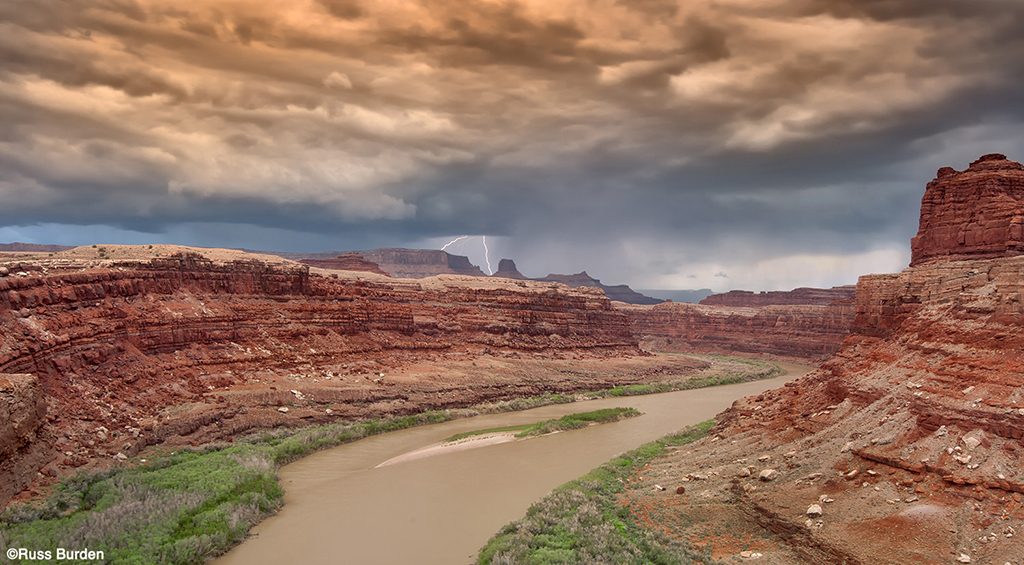
There are a number of factors that make an image successful. Along with composition and subject matter, two that determine its success are light and conditions. They often go hand in hand as conditions dictate the light. Both of these ingredients deal with the subject of clearing or impending storms. The edge of every storm brings dramatic skies and often offer an ominous look. On the front edge, clouds build up, wind speed increases and skies grow sinister and threatening. On the back side of a storm, clouds begin to dissipate, spotlit areas of the landscape shine where the sun’s rays penetrate and the point at which the clouds start to clear bring a fresh and clean personality to the environment. Whether you embrace the front end of the storm or feel disposed to make images of the back end, or commit to both, potentially dramatic shots with impact await.
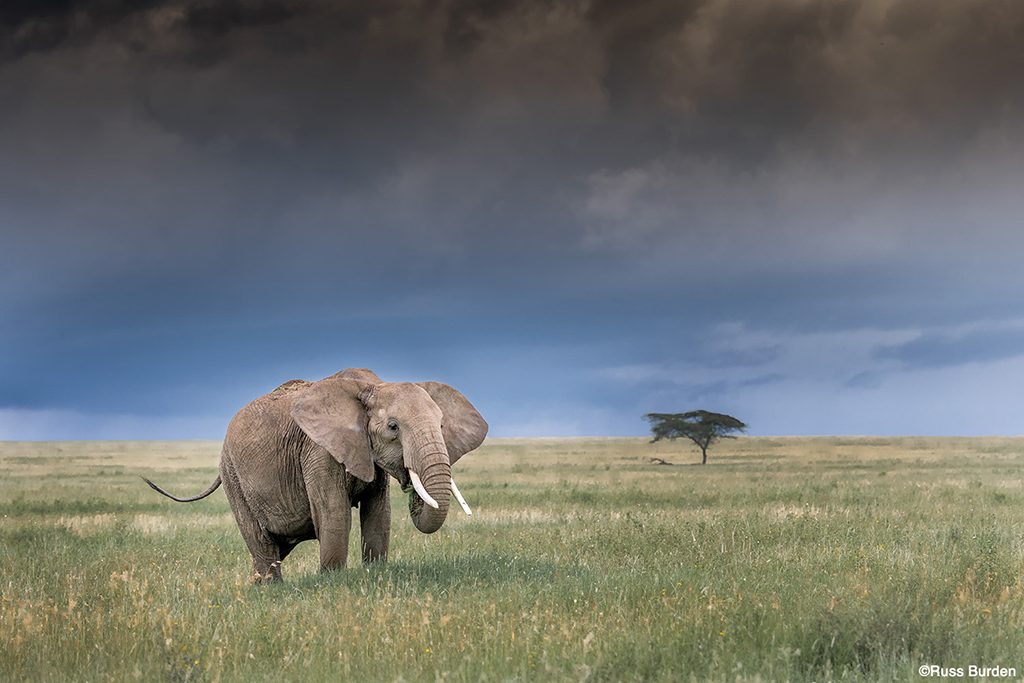
To make photos of a storm’s drama and impact, the first step is to monitor the weather. Download a weather app that displays cloud echoes so you can track its path. Listen to the local news to get a feel, but rely more on the weather app as it provides minute by minute updates as you watch the movement and intensity of the clouds. Some websites update cloud echoes more frequently. It’s best to rely on ones that do this more often, especially if lightning is involved as you want to stay safe.
Once a storm is predicted, be in the area at least one to two hours before its arrival. Capture the clouds and dramatic skies as they develop. Find a good foreground to establish a sense of place. If you can combine it with a good background to provide balance, even better. Drive the roads looking for these elements. A good map program that shows satellite images of the backroads is beneficial. Dirt roads may get you in trouble if the rains are heavy. Even 4-wheel-drive vehicles can get stuck.
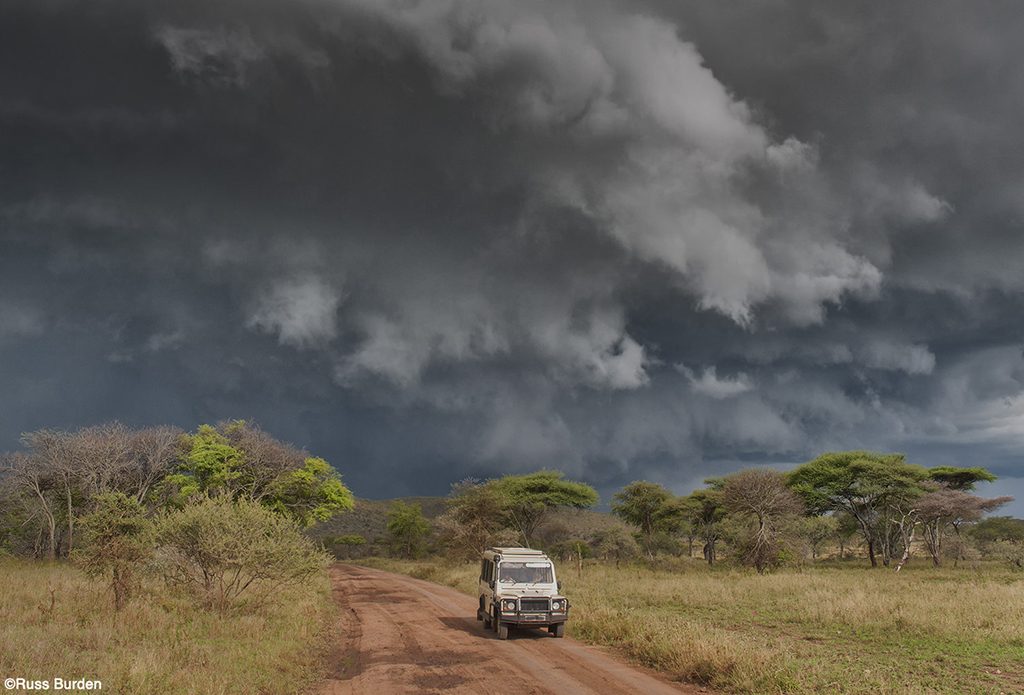
There are many storm chaser websites. I encourage you to sign up for a few. Try to get together with a few of the members who have chased many storms in the past and chat them up so you can be better educated if things begin to heat up. The midwest in the heat of the summer is a good place to be. Mountain areas of the west in the winter and summer are also great locations. Both provide the potential for drama and impact.
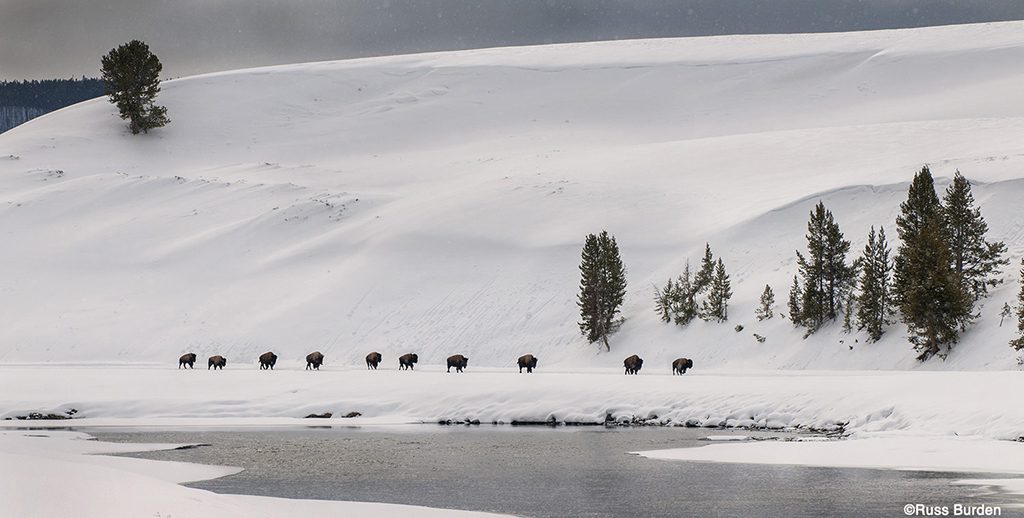
Photographically, bring a variety of focal lengths. Chances are you’ll mostly use wide lenses to take in the cloudscapes along with the environment. If sun shafts are present, you’ll experience exposure problems as the bright parts will overexpose due to the dominant grays and darks of the surrounding clouds. This being the case, be sure to add minus compensation to the exposure and by all means, shoot in RAW to bring out the widest range of tones and luminosities in the file. If the contrast range is excessive, shoot a bracketed series and use HDR software to process the image.
For a waning storm, more than likely you’ll get shafts of sunlight. If you’re at the edges of the day, sunrise or sunset, this means lots of warm colors in the clouds. I can’t stress this enough: Monitor your red channel and base your exposure on it. Ignore the luminosity channel. It behooves you to not blow out the delicate warm tones that occur at these times of the day.
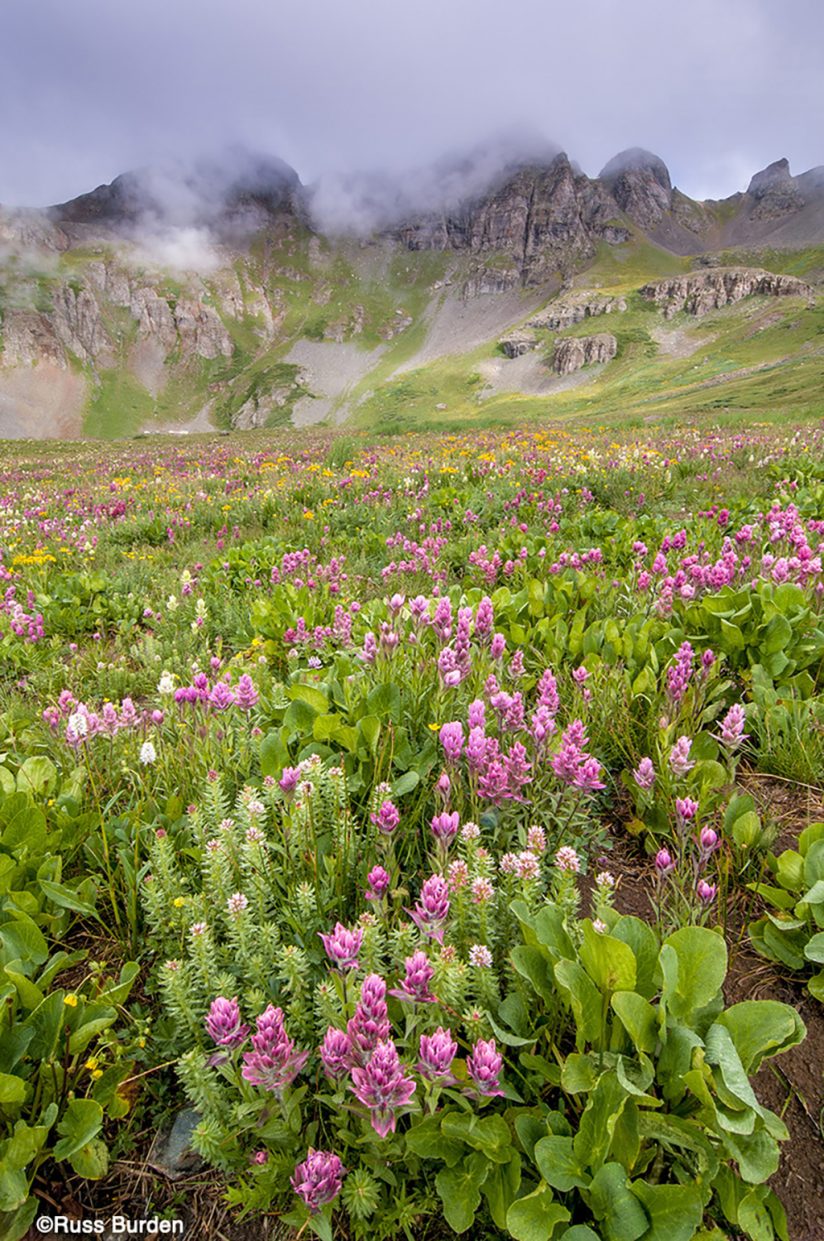
Head out into the field armed with the above information so you’ll see first hand what I mean about images with drama and impact.
Visit www.russburdenphotography.com for information about his nature photography tours and safari to Tanzania.
The post Close To The Edge appeared first on Outdoor Photographer.

